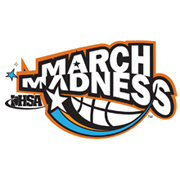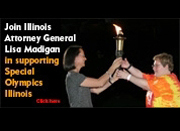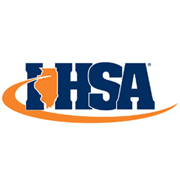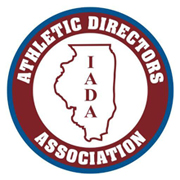 |
home news site map contact |
|
Activities
Sportsmanship
General Resources
Administration
|
|
|
|
ActivitiesIESA Severe Weather Safety GuidelinesTo be used during all IESA regular season and state series contests. Adopted June 17, 2011 When thunder is heard, or a cloud-to-ground lightning bolt is seen, the thunderstorm is close enough to strike your location with lightning. Take shelter immediately. Lightning is one of the most consistent and underrated causes of weather-related deaths or injury in the United States. Nearly all lightning-related injuries occur between the months of May and September and between the hours of 10:00 a.m. and 7:00 p.m. Therefore, the greatest concern for injuries in an outdoor contest appears to be during that time, though it can happen any time of year. It is essential that host schools, competing schools, and contest officials establish dialogue in advance of the contest or event to ensure that all involved are aware of what the plan will be in determining whether or when to suspend play. Host schools are encouraged to share their plan with competing schools and officials prior to the start of the tournament. Advance Planning Local Managers should have a documented plan in place, designated people who are responsible for monitoring the weather and a qualified person (typically a trained manager and/or officials) to make the decision to suspend play. In state series competitions, the host school administrator or official(s), if assigned, can make the decision to suspend play. Monitoring Weather Local Managers during the contest should be aware of any potential thunderstorms that may form during the competition; if an evacuation is needed, managers should also know how long it would take teams to get to their safest location. Monitoring the weather with a weather alert radio, or with lightning detection systems, or any other available means, is recommended. If competing schools have portable devices they will be bringing to a contest and have specific policy or directions from their administration that they must follow, the school must communicate those polices with the host school. Host schools must know the policies of each school assigned to their tournament prior to its start. Lightning Awareness Generally speaking, it is felt that anytime a cloud-to-ground strike of lightning can be seen, or thunder heard, risk is already present. It is time to seek shelter. Criteria for Suspending Play If the local management does not have commercial weather warning equipment at the site or an efficient method of making an accurate, timely decision on location, listening for thunder is the best way to mitigate the danger. If thunder is heard, or lightning is seen hitting the ground, the thunderstorm is close enough to strike in your location. According to the National Weather Service, lightning can strike 10 miles away from the parent thunderstorm. When thunder roars, go indoors! It is important that local manager monitor not only how far away the lightning is but also how fast it is approaching. Thunderstorms can form and move quickly and danger can arrive quickly. Either host school administration or assigned contest officials have the authority to suspend or cancel interscholastic contests. It is recommended that those groups work together in making such determination and use any and all available information in doing so. Participating schools with concerns at particular events should direct those to the host school management or assigned contest official. The following guidelines should be followed in determining when to suspend an event:
Evacuation Plan Safe Areas: All personnel, athletes and spectators should be clearly informed of available safe structures or shelters in the event a thunderstorm approaches. A safe structure is any fully enclosed building frequently used by people. In absence of that - athletes and spectators should go to any vehicle with a hard metal roof. Roll up the windows and do not touch the sides of the vehicle. If no safe structure or vehicle is available, find a thick grove of small trees surrounded by taller trees or a dry ditch. Assume a crouched position on the ground with only the balls of your feet touching the ground. Wrap your arms around your knees and lower your head. Minimize contact to the ground since lightning often travels through the ground. Avoid: Tall trees or objects like light poles or flagpoles, individual trees, standing pools of water and open fields. Also avoid being the highest object on the field. Do not take shelter under trees. Avoid bathrooms if another building is available, and do not use a land-line telephone. A cellular phone or portable phone is a safe alternative if in a secure shelter or vehicle. Resuming Activity The NSSL (National Severe Storms Laboratory) recommends that everyone should wait at least 30 minutes after the last flash of lightning or sound of thunder before returning to the field or activity. |
If you encounter an error message, please contact our webmaster.
Tell us your school, and be as specific as you can about the problem.
Most helpful would any error information listed as part of the error page.






















